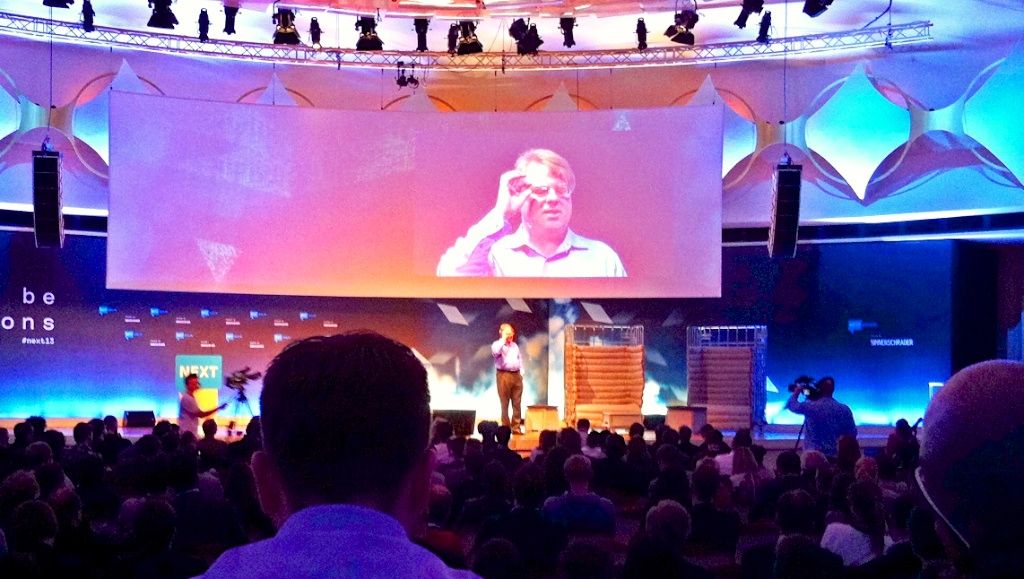Three ways to improve your live-tweeting from events
A quick guide to the best live tweeting from events.

In a few weeks, I’ll be up in front of a variety of journalism students, teaching them about live-tweeting events. Despite what some people have taken from my post on Social Media Week London, I think good event live-tweeting is a really useful resource. But it’s a very, very tricky thing to do well.
There are three things I’ll be suggesting to the students that can make the difference between ordinary live-tweeting and really useful tweets. I’ll present them here for the criticism and appraisal of anyone who is interested.
(I’m aware that Rob Mansfield has posted something similar, but I’m dumping my thoughts out here before I read that.)
1. Content
This sounds obvious, but it’s easy to miss. Is what you’re tweeting really news?
- Does it say something that doesn’t feel obvious?
- Will it deepen people’s understanding of the subject under discussion?
- Why are you tweeting it?
- What will your followers – and other people on the hashtag – find useful in it?
There’s a temptation to tweet things that in some way badge you with what they’re saying: “Hey, look, I know that social media use should be authentic”. This is rarely useful to others. Concentrate on sharing things that you find genuinely surprising or useful, not those that confirm your existing beliefs.
Really good live-tweeters can construct a narrative of a speaker’s thoughts through selective tweeting. That’s a skill you can hone over time.
2. Context
Context is everything. I once saw a tweet from a conference that accurately reproduced a speaker’s words (about the growing power of the amateur photographer), but missed the context (a service to help professional photographers). Many people not in the room assumed that he was celebrating the fall of the professional photog, not trying to arrest it. That’s about context. An isolated soundbite without the context of the quote can be deeply misleading.
If you can’t quote it without the context being clear – don’t tweet it.
You can’t rely on people reading the whole of your stream either. People dip in and out of Twitter, and once a tweet is retweeted, all context from surrounding tweets is lost.
Remember that the hashtag and geotagging your tweets are both useful context. The former aids discovery, the latter aids verification, suggesting you were actually on site, rather than repeating something heard elsewhere.
3. Attribution
Every time you quote someone, attribute that quote to them. Don’t rely on flagging it up in the first tweet quoting them – that context is easily lost. Where possible, use their twitter username. It’ll save you characters, and allow people interested in what they had to say to find them and follow them. If you know you will be live tweeting an event, you can research this in advance. If you are an event organiser and want to encourage people to tweet, put the Twitter username of the speaker up somewhere in the venue in a persistent manner.
Is this is a lot to cram into 140 characters? Yes, it is. But that’s the skill of using Twitter well.
Feedback gratefully received…





